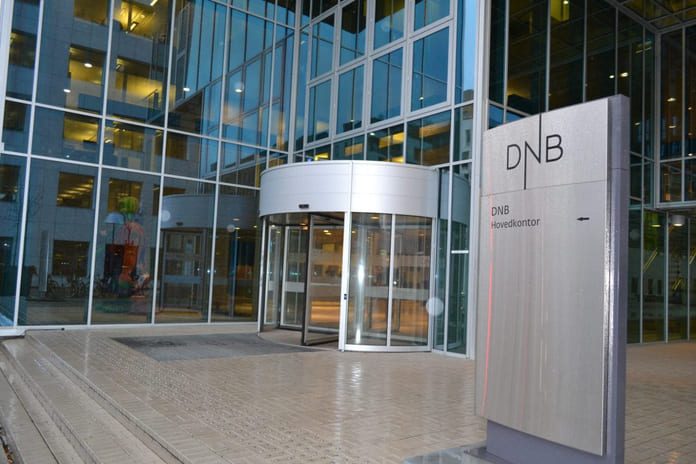The battle for the money is getting tougher.
The market has been treading water. Not a single one of the land-based salmon farmers have risen in value this year. Then it will also be difficult to raise money over the stock exchange. Both for those listed and those who are knocking on the door.
And they all need money, equity or loans. Construction plans for the production of 2.3 million tonnes on land must be financed.
Essential
The battle for funding is also in the bank vaults.

For such a capital-intensive industry as land-based salmon farming, capital costs and the ability to attract debt financing, at a decent interest rate and competitive conditions, are essential.
It is important to be able to get a high LTV (Loan-to-value) ratio, through leverage to get a competitive return on equity, and to achieve low production costs per kilogram of fish.
Cheaper
“Now only Atlantic Sapphire and Salmon Evolution have achieved proper bank financing,” a bank source told SalmonBusiness.
None of them, however, have a particularly high LTV ratio, because it is not the case, as in the housing market, that debt is significantly cheaper than equity.
Not everyone is as well placed.
- Read more: Chasing fresh money in bone-dry market
With Japan land-based salmon farmer Proximar Seafood still hunting for EUR 60 million in bond loans at 9-10 per-cent interest for the second week, this reflects the risk.
High-interest rates mean high risk.
Junk bonds
High-interest bond loans are called high yield or junk bonds. This also illustrates the risks.
The biggest wave of euphoria for land-based salmon seems to have quieted down, which has been reflected in fewer new project launches and imminent IPOs recently. Investors will have paid to take risks.
But the need for money is as precarious as ever.
And not all projects will get the money they so desperately need.


